Results 501 to 510 of 12089
Thread: Anandtech News
-
05-31-11, 04:00 AM #501
Anandtech: Computex 2011: Intel Mentions Haswell Will Support "Multiple OSes", But Wh

I hate that I didn't pull my camera out quick enough to catch this slide, but Intel's Mooly Eden just mentioned an interesting feature of Haswell. He stated that Haswell will support "multiple OSes". Clearly Sandy Bridge, Ivy Bridge and older Intel architectures have supported multiple OSes, but that was never listed as a feature until Haswell. I suppose this means more than it'll run both Windows and OS X, but what do you guys think Intel meant by it? I already asked Intel and of course I didn't get an answer, I was just told that it was an astute observation and something we'll have to talk about at a later point in time. I suspect this is a statement about the future of the OS space in mobile computing but I'm not entirely sure what Intel views will be different come 2013. Microsoft will obviously support ARM in Windows 8, but what will Intel support with Haswell that it didn't before? What do you all think?
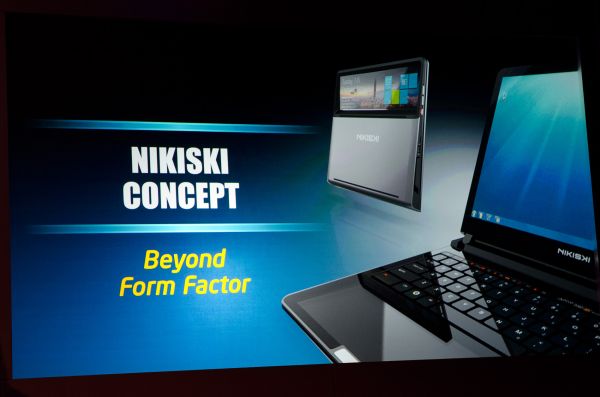
Mooly also showed off a concept Haswell PC called Nikiski. It's a notebook with a transparent touchpad area that lets you view part of your screen while the clamshell is closed. Check out pics of the concept in the gallery below.
{gallery 1097}
More...
-
05-31-11, 06:23 AM #502
Anandtech: Computex 2011: Up Close with ASUS UX Series with SanDisk's U100 SSD
I met with SanDisk earlier today and to my surprise they had an ASUS UX Ultrabook in their meeting room. It turns out that at least one model in the UX Series will use SanDisk's brand new U100 SSD.
The U100 is SanDisk's first 6Gbps drive based on SanDisk's own controller. SanDisk's architecture is a little different than what we're used to. They claim to be doing some SandForce-like data reduction but they wouldn't give me any details on what they're actually doing. The controller doesn't have any DRAM to augment it, which lends credibility to some SF-like technology at work here.
SanDisk also uses a hybrid SLC/MLC setup where a small percentage of each MLC NAND die is actually configured as SLC NAND to act as a read/write cache in front of the rest of the die. This results in better random write performance and reliability.
The U100 in ASUS' UX Series notebook is a mSATA drive in a MacBook Air-like thin gumstick form factor. SanDisk is promising idle power usage of only 10mW, although peak load is 4W.
Overall performance isn't SandForce-like. Maximum sequential read speed is listed at 450MB/s, with 340MB/s writes. Random performance isn't that good, SanDisk quotes a burst speed of only 2300 IOPS. That's still a lot better than a hard drive but definitely not as good as what we're used to from high end SSDs. Keep in mind that the UX Series is more like a MacBook Air than a traditional notebook, and these are much better performance specs than what Apple currently ships in the MBA.
{gallery 1098}
More...
-
05-31-11, 09:21 AM #503
Anandtech: Computex 2011: OCZ Z-Drive R4 88, Eight SF-2281 Controllers in RAID-0
OCZ's consumer accessible PCIe SSD line is the RevoDrive, but if you're an enterprise customer and want a custom configuration OCZ will build you a Z-Drive. To show you how far OCZ is willing to go, it announced a brand new Z-Drive at Computex: the R4 88.
Take eight SF-2281 controllers, put them all in a RAID-0 on a PCIe x8 card with an as-of-yet unknown controller and you've got the Z-Drive R4 88:
OCZ will be offering two types: the C Series and the R Series. The C Series has less over provisioning and lacks any polymer capacitors for power loss protection, while the R Series has more NAND set aside as spare area and comes equipped with some form of protection against sudden power loss.
Running an Iometer 4KB random read test OCZ has the Z-Drive R4 88 achieving more than 1 million IOPS. The drive is spec'd for up to 2.9GB/s reads and 2.7GB/s writes. Obviously as an 8-way RAID-0 there are reliability concerns and I'm not exactly sure the type of enterprise customer that would deploy such a thing, but it's a neat drive to look at nonetheless.
{gallery 1100}
More...
-
05-31-11, 09:21 AM #504
Anandtech: Computex 2011: OCZ's RevoDrive 3 & RevoDrive 3 X2, Now With TRIM
There's a new PCIe SSD in town: the RevoDrive 3. Armed with two SF-2281 controllers and anywhere from 128 - 256GB of NAND (120/240GB capacities), the RevoDrive 3 is similar to its predecessors in that the two controllers are RAIDed on card. Here's where things start to change though.
In the past OCZ used a PCI-X RAID controller to keep costs down, but that's now gone. OCZ won't disclose the name of the controller vendor but a quick look at the card shows that it's native PCIe. The RevoDrive 3 itself is a PCIe 2.0 x4 card, however OCZ wouldn't confirm whether or not the controller was running at 2.0 or 1.0 speeds - just that the interface wasn't a bottleneck.
The other big improvement is that OCZ made some modifications to both the SandForce and on-board RAID controller firmware to allow everything from SMART data to TRIM to be passed through to the system host. In the past RevoDrive users were stuck with a PCIe card that couldn't be TRIMed, but with the 3 you get full TRIM support. Formatting the drive under Windows 7 or deleting files off of will result in those LBAs being TRIMed by the SF controllers.
OCZ is promising up to 900MB/s reads and 700MB/s writes (highly compressible of course). Random writes are spec'd at up to 120,000 for 4KB transfers. OCZ expects the 240GB capacity to sell for $599.
In addition to the standard RevoDrive there's an X2 version with twice the controllers:
With four controllers the RevoDrive 3 X2 is good for up to 1.5GB/s reads and 1.2GB/s writes. OCZ is quoting up to 200,000 4KB random write IOPS. Again all of these figures are using highly compressible data. Just like the base RevoDrive 3, TRIM/SMART reporting are now supported on the x2.
Capacities start at 240GB ($699) and go all the way up to 960GB.
{gallery 1099}
More...
-
05-31-11, 09:40 AM #505
Anandtech: Computex 2011: OCZ's RevoDrive Hybrid, HDD & SSD on PCIe Card
OCZ is feeling quite experimental these days as it has announced a hybrid RevoDrive. Take the new RevoDrive 3 and use it as a cache in front of a 2.5" HDD (either 500GB or 1TB capacity) and you've got the RevoDrive Hybrid.
I'm not particularly interesting in the PCIe version of this but I do see some potential if OCZ were able to cram all of this into a standard SATA form factor. With the advent of Intel SRT however, I believe the time for hybrid SSD/HDD solutions may be limited. With Ivy Bridge next year nearly all new PCs will support SSD caching.
{gallery 1101}
More...
-
05-31-11, 09:50 AM #506
Anandtech: The New Indilinx Everest SSD
OCZ acquired Indilinx not too long ago and today we're seeing the first new controller from the company since 2009. OCZ calls it the Everest Platform, and it's an SSD targeted at the enterprise - at least for now.
It's Indilinx's first 6Gbps controller, good for up to 520MB/s reads and 410MB/s writes (but "only" 20K 4KB random write IOPS). The reference drive features two supercaps as its power loss protection circuitry. Everest will start at 64GB and be available in configurations of up to 1TB at customer request.
Given that OCZ owns Indilinx, I'm expecting some pretty aggressive pricing from these controllers. Still no word on a new consumer based Indilinx drive. OCZ did have a Vertex Plus on display, which is the old Barefoot controller but with new firmware that allegedly improves performance up to 500%. I have yet to test the aforementioned firmware so I'm not really sure how accurate the claims are.
It's clear that Indilinx based drives aren't going to be outperforming SandForce anytime soon, but the question is whether or not they'll get good enough to be a value alternative.
{gallery 1102}
More...
-
05-31-11, 10:10 AM #507
Anandtech: A Quick Look at a 22nm Ivy Bridge Wafer
Just before a couple of key Ivy Bridge disclosures, Mooly Eden held up a wafer of 22nm Ivy Bridge CPUs. Presumably these are quad-core versions with 16 EUs, the largest version Intel will make at least at launch. Mooly mentioned that Ivy Bridge will have more than a billion transistors (obviously, SNB was 995M), but he wouldn't reveal the actual count.
Knowing that these wafers are 300mm in diameter, you should be able to get a decent idea of Ivy Bridge die size based on the photo below.
I seem to count approximately 37 die up and 15 die across, which would put a single Ivy Bridge die at 8.1mm x 20mm or around 162mm^2. A 32nm quad-core Sandy Bridge die is 216mm^2 by comparison.
More...
-
05-31-11, 05:20 PM #508
Anandtech: Computex 2011: Diskeeper ExpressCache Provides an Alternative to SSD Cachi
As we found out in our Z68 review, Intel's SRT (SSD Caching) is basically a software tool baked into Intel's RST driver - there's no real hardware requirement in the chipset, just an artificial one. Diskeeper provides OEMs with software that's designed to do the same thing, it's called ExpressCache.
The driver loads at boot and can apparently speed up boot time. Like Intel's SRT it will filter out some operations to avoid polluting the cache (e.g. sequential accesses). Unlike SRT you can manually pin applications to the cache. Ultimately how well it performs will be up to the algorithms Diskeeper implemented.
The company was present at SanDisk's booth showing a quick boot time demo with an 8GB SanDisk SSD used as an ExpressCache vs. a standard 5400 RPM HDD. Obviously the SSD enabled solution was faster.
OEMs are expected to start shipping SanDisk + ExpressCache systems this year.
More...
-
05-31-11, 05:50 PM #509
Anandtech: Computex 2011: MSI's Brazos, Cedar Trail and Tegra 2 Tablets
I met with MSI yesterday, a company that has been going through a bit of an identity crisis as of late. ASUS is the only motherboard manufacturer that really made the transition from a component vendor to something more than that. MSI is trying its best to go back to its roots and develop a strategy that will work for it in the long run.
Tablets are of course a big deal these days and MSI had a number of tablets in its Windpad line on display.
First off we have the Windpad 120W, a Cedar Trail based tablet (32nm Atom). Unfortunately, although Intel promised fanless designs for Cedar Trail it looks like the Windpad 120W will use a small, slow spinning fan to help keep it cool.
The 10-inch tablet will have WiDi support for wireless video streaming similar to what you can get on an Arrandale or Sandy Bridge notebook today. It's unclear what formats or resolutions will be supported. Presumably Cedar Trail isn't going to have the transcoding performance of a Sandy Bridge so you should lower your expectations for WiDi on Atom accordingly.
Pricing and availability are TBD on the 120W.
Next up is a Brazos version of the 120W, the Windpad 110W. We get a similar chassis but a C-series APU inside. Pricing will be around $599 for the Windows 7 equipped tablet.
Finally, MSI also has its Windpad 100A, a Tegra 2 based tablet running Android. Currently the tablet is running 2.3.3, however MSI's goal is to release it either with Honeycomb or Ice Cream Sandwich late this year. The industrial design on the Windpad will change by then, hopefully to a thinner form factor.
We'll see a sooner release from MSI running Gingerbread, in a chassis that likely looks very similar to what you see here.
{gallery 1106}
More...
-
05-31-11, 06:10 PM #510
Anandtech: Antec HCG 520W: A Good PSU for Bargain Hunters
We interrupt the Computex 2011 coverage for a full review....
In early April, we tested one of Antec's larger HCG power supplies. Today we're looking at a smaller version with 520W unit. There are some differences between the 750W model besides the rated power output, so while we like the overall value the HCG-750 provides the HCG-520 needs its own review.
Previously, Antec has had other mainstream series before creating the HCG line, but this is the first time they've tried to jump on the "Gamer" bandwagon. Mostly, the name appears to be in reference to the aesthetics of the PSUs, as the other features are common in competing products. Highlights include the 80Plus Bronze certification, non-modular connection system, and Japanese capacitors. But let's not get bogged down in the details just yet; is the HCG-520 a good product or could it use some improvements?
More...
Thread Information
Users Browsing this Thread
There are currently 16 users browsing this thread. (0 members and 16 guests)





 Quote
Quote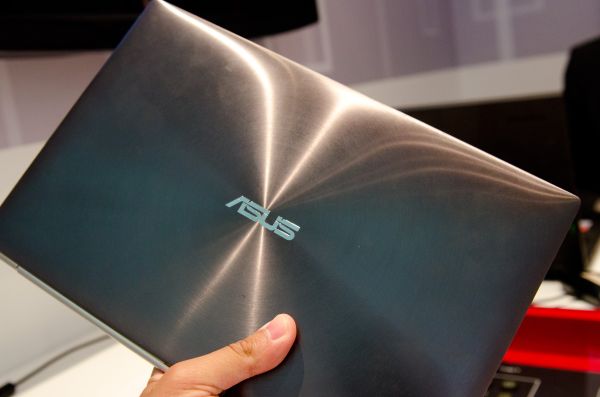
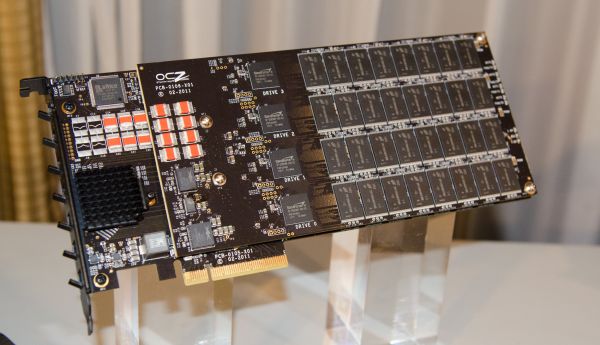
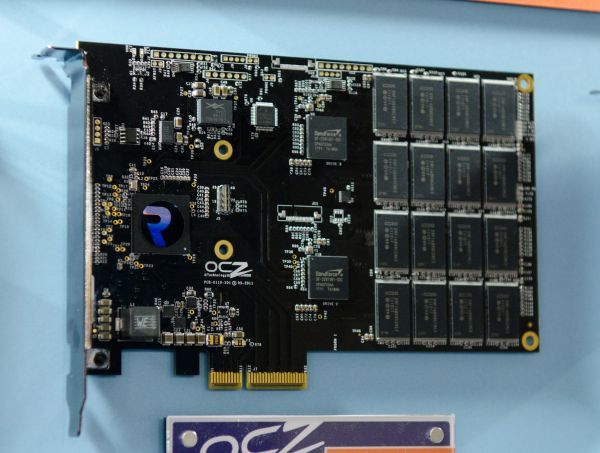


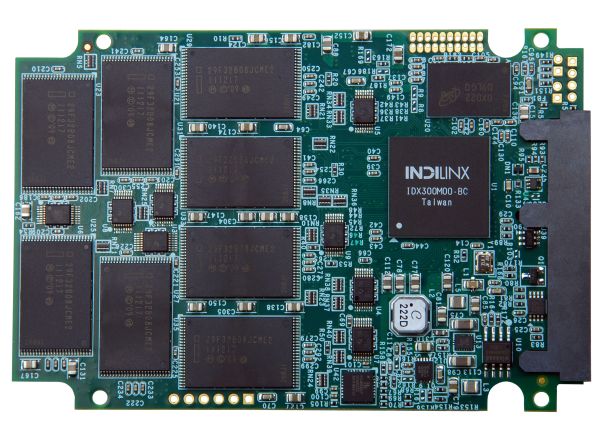
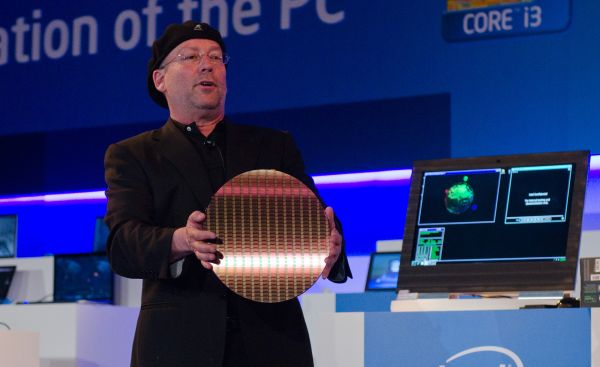
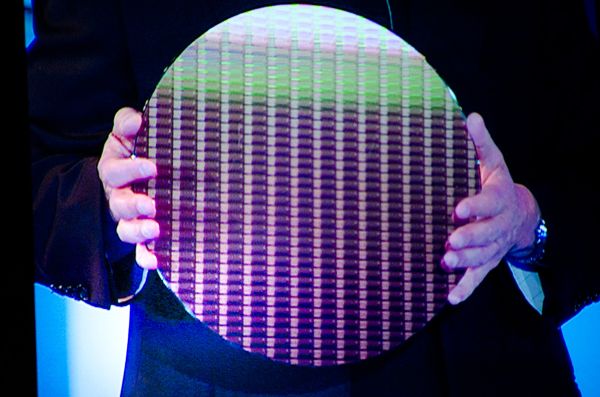

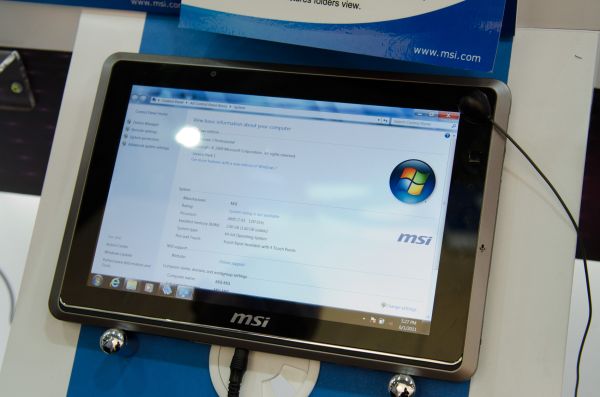


















Bookmarks